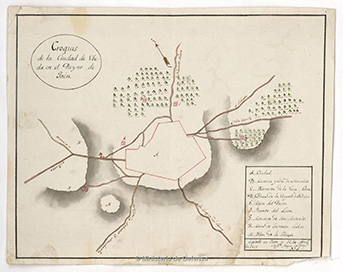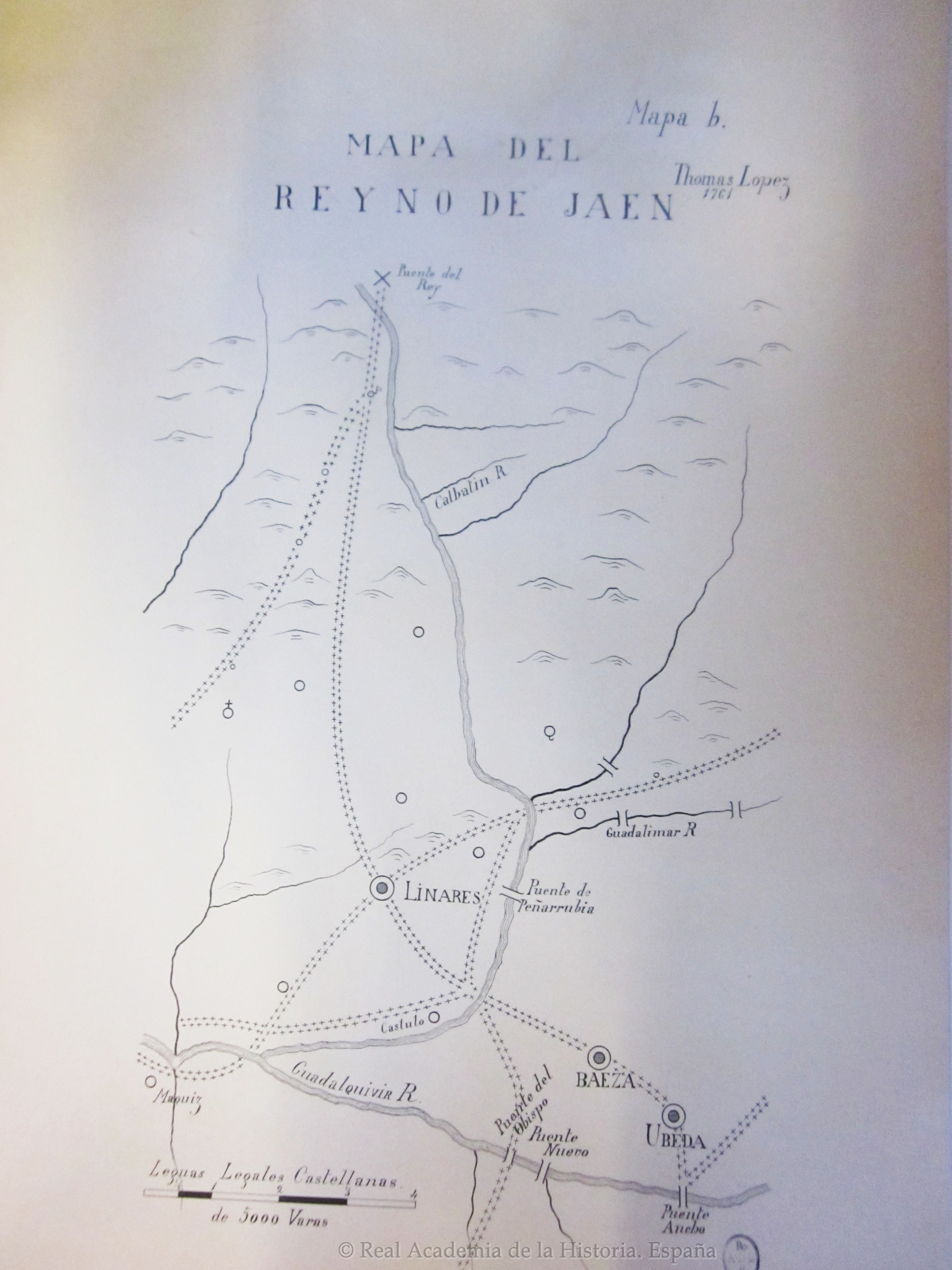| |
The "Eras del Alcázar de Úbeda" is, at this time, one of the most important archaeological sites in Andalusia, both for the historical nature of its assets, its state of conservation and, above all, for the research program.
Its records, with an uninterrupted occupation of more than 6000 years old, not only identify Úbeda as one of the oldest cities in Andalusia, but also allow, thanks to its record and scientific analysis, to explain and expose, in an exemplary way, the history of its origin and, from it, that of the City, since today it is the only case capable of showing this process thanks to its uninterrupted development. Making Úbeda the oldest city (scientifically documented with extensive work carried out by the Public and Comprehensive Guardianship Program of the Most Excellent City Council of Úbeda and the M.I.D.A.S III Milenium research group of the University of Huelva) in Western Europe.
Iberians, Romans, and Visigoths settled in this place, until the arrival of the Arabs, who built a large defensive enclosure with large walls and towers. Later, and after a tough battle, the city was conquered by the Christian king Ferdinand III the Saint, who reinforced the walls and gates of the city to prevent Muslim attacks.
The city reached great splendor during the 16th century. Many powerful families in the city promoted the construction of large buildings.
The Vázquez de Molina square brings together a large monumental complex with a marked Renaissance style. Highlights include the Basilica of Santa María de los Reales Alcázares, from the 13th century AD, built on the old Muslim Aljama mosque, the Renaissance palaces of Don Juan Vázquez de Molina and Dean Ortega, the old warehouse from the 16th century, and presiding over the square, As if it were a vanishing point, the colossal and pharaonic Sacred Chapel of the Salvador of the World stands out.
Old sketch of the city of Úbeda in the past Kingdom of Jaén
 
On the left: Croquis de la ciudad de Ubeda en el Reyno de Jaén por N.S. - 1813 - Biblioteca Virtual del Patrimonio Bibliográfico, Spain - CC BY. To the right: Mapa del reyno de Jaen [Material cartográfico] por Sandars, Horace William, 1852-1922 - 1909 - Biblioteca Digital Real Academia de la Historia, Spain - Public Domain. |
|

